The City of Silay’s love for history and beauty can be traced back to the roots of a tree, the Kansilay, from which it owes its name. Legend has it that the first Kansilay tree grew over the grave of a beautiful maiden who lived during the days of the rajahs and datus, way before the Spaniards arrived.
A folktale vividly narrates the events of that fateful day. While the gentlemen of the village were away, hunting, bandits attacked the settlement, burned the houses, and raped the women. Kansilay, the daughter of the village chief, sought the help of a diwata (fairy), who gave her a talibong (sword). She led the people to fight the bandits and avenge the death of some of them. The bandits were defeated, but the princess paid the price with her life. Her body was buried, and on her grave grew the first Kansilay tree.
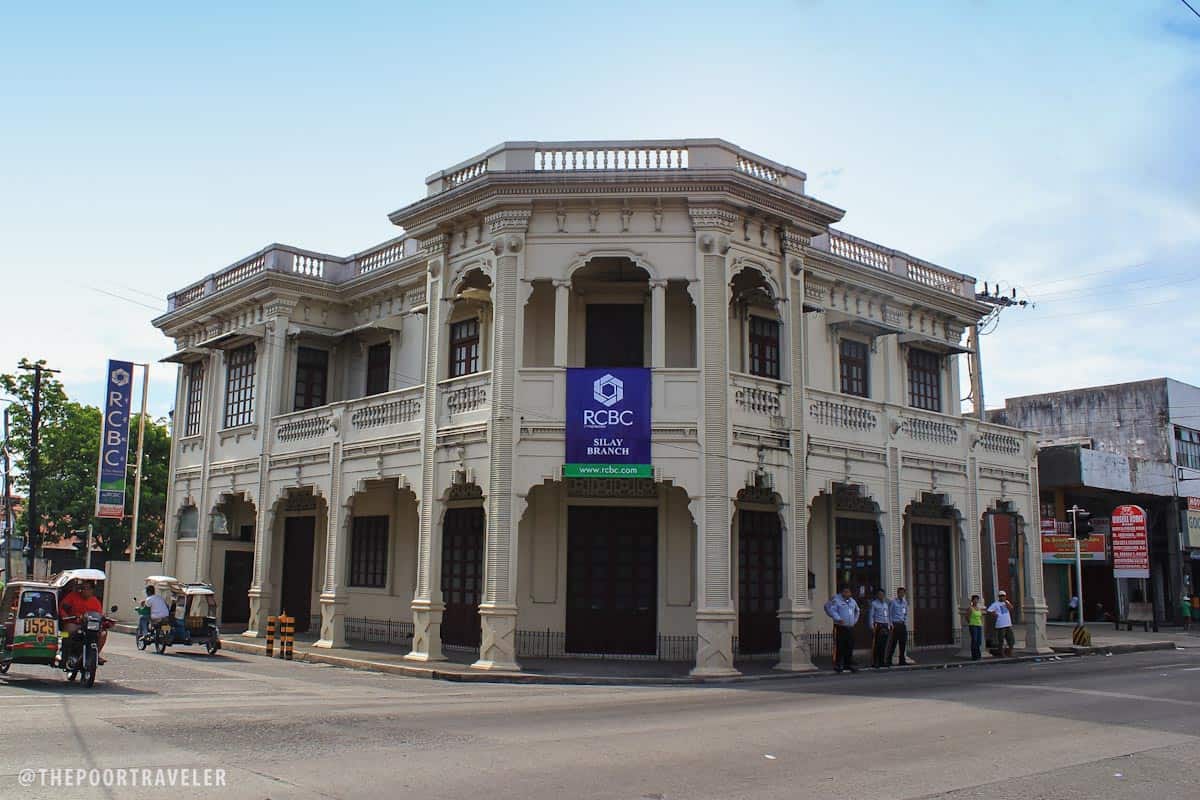
In June, the people of Silay celebrate her bravery during the Hugyaw Kansilay Festival, a day filled with street dancing and competitions. On ordinary days, however, Silay is very quiet, relaxed, and laid-back. Its streets, sandwiched by elegant ancestral houses, make for a good sightseeing trail. Thirty one of these houses have been named as historical landmarks, making Silay is the second “museum city” in the Philippines, after Vigan, Ilocos Sur.
If you’re bound for Bacolod, there’s a big, big chance that you’ll find yourself in Silay. (The airport is here!) And if you do, here are the five most notable heritage houses and landmarks in Silay City that are worth a bit of your time and attention.
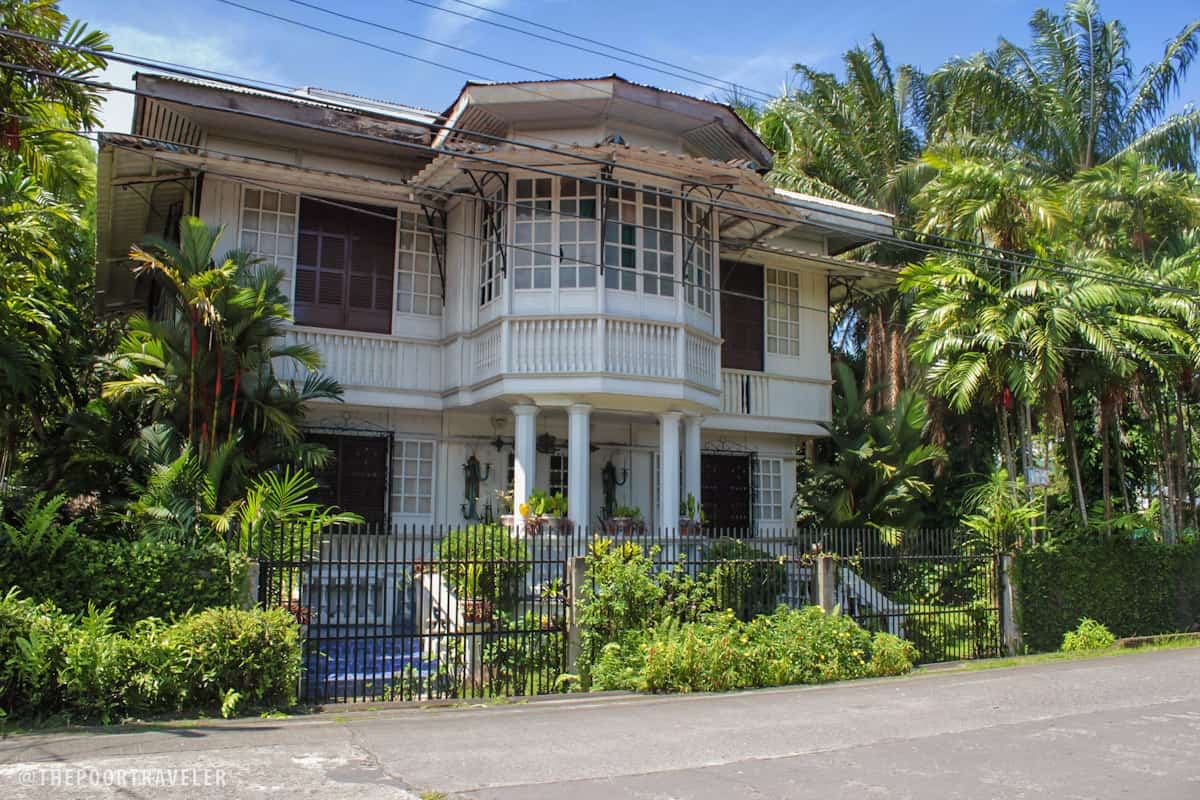
1. Balay Negrense
Also called the “Victor F. Gaston House,” Balay Negrense was built during the height of Silay as the region’s cultural and economic center. Victor Gaston, son of Frenchman Yves Leopoldo Germain Gaston (considered the first to popularize sugarcane cultivation on a commercial scale in the region), began the construction of the house in 1898.
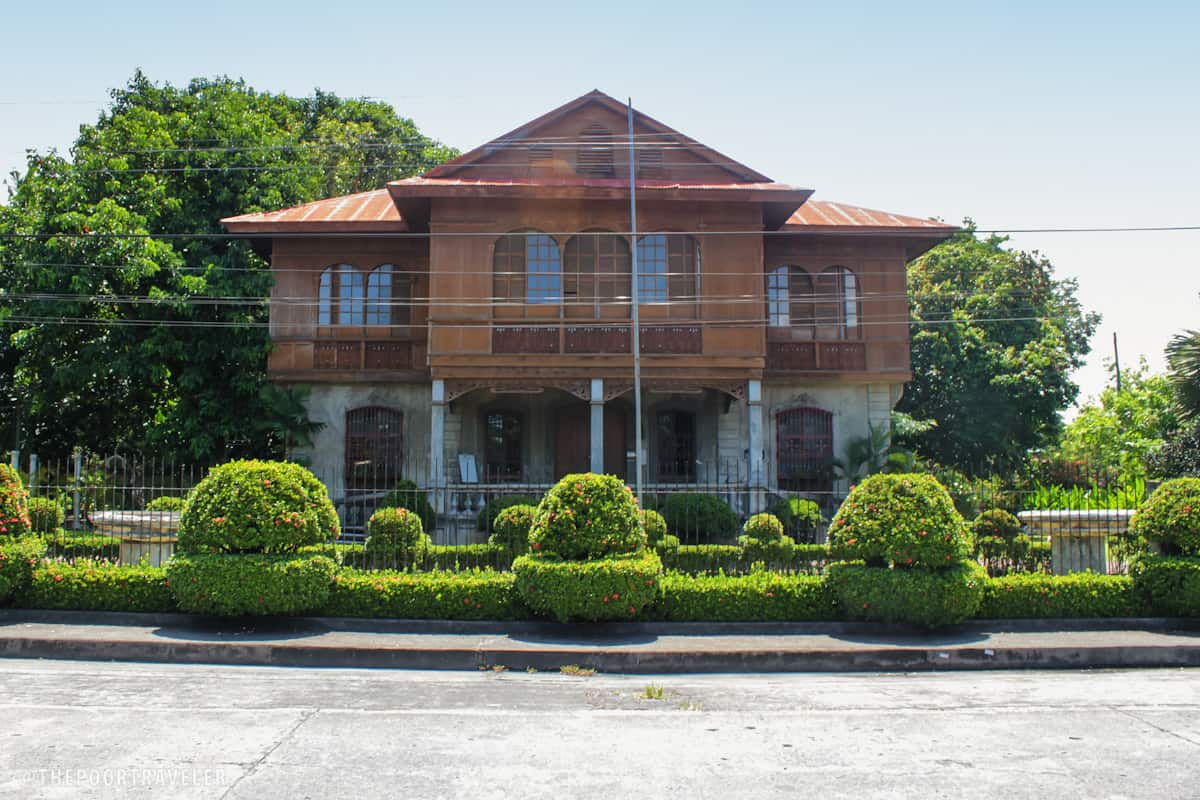
The house has 12 bedrooms and two floors, making it one of the biggest colonial houses in the city. Inside the house is a living room the size of a basketball court. But more than the size, what makes this house special are the exquisite details like the intricately etched windows, delicately carved wooden ventilation panels and spacious gardens.
Balay Negrense is open from Tuesdays to Sundays and closed on Mondays and holidays. Guess what? It was Monday when we were in Silay and it was also a holiday. Poor us, we didn’t get to see the interior of the house.
2. El Ideal Bakery
The oldest bakeshop in the city, El Ideal is not just a historical place but a completely functional one at that. El Ideal continues to offer delicious pastries and other local delicacies. The place closes at around 6:00pm so make sure you get there on time!
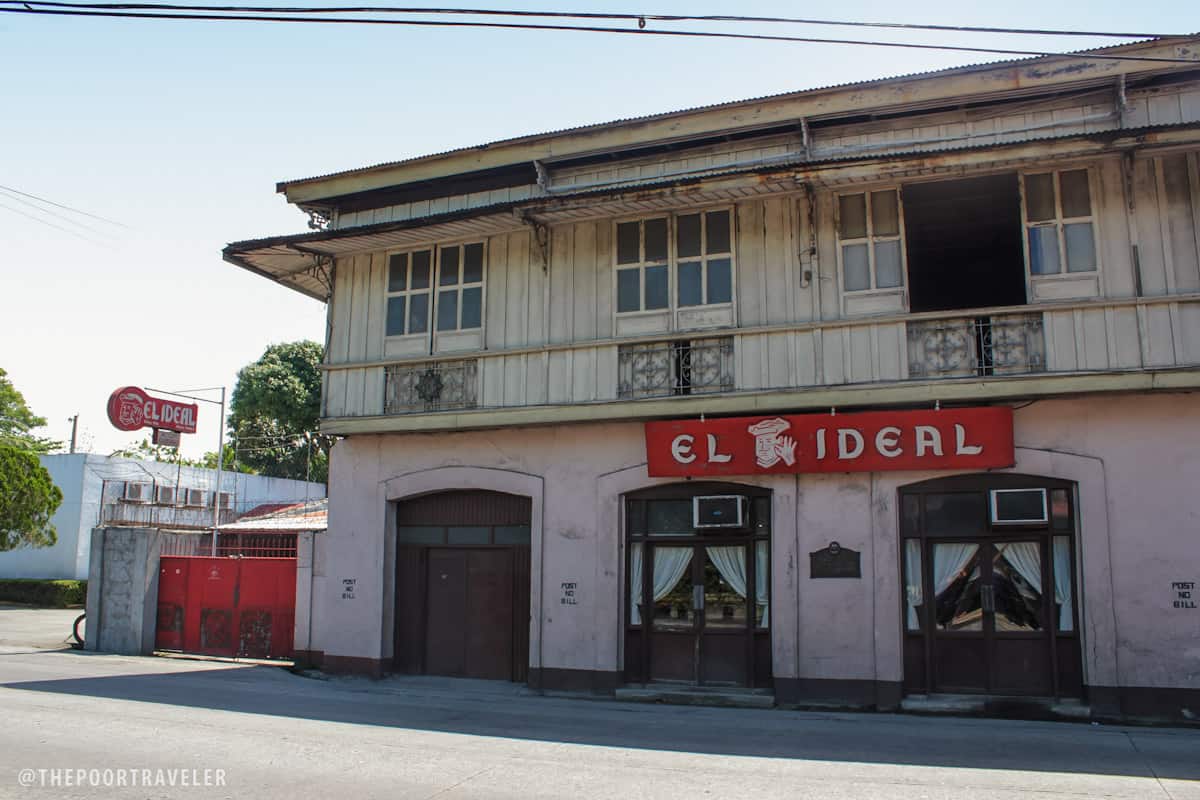
3. Bernardino Jalandoni Museum
First owned by Don Bernardino and Dona Ysabel Jalandoni, the house was completed in 1908. What’s remarkable about this house is that it is a great mixture of native and foreign inspirations. While it follows the usual nipa hut design, French influence is also very evident. It is built of hardwood shipped from Mindoro while the tin ceiling tray was shipped from Hamburg, Germany. Capiz shells and wooden louvers were also used. Note that like the Balay Negrense, the museum is closed on Mondays and holidays.
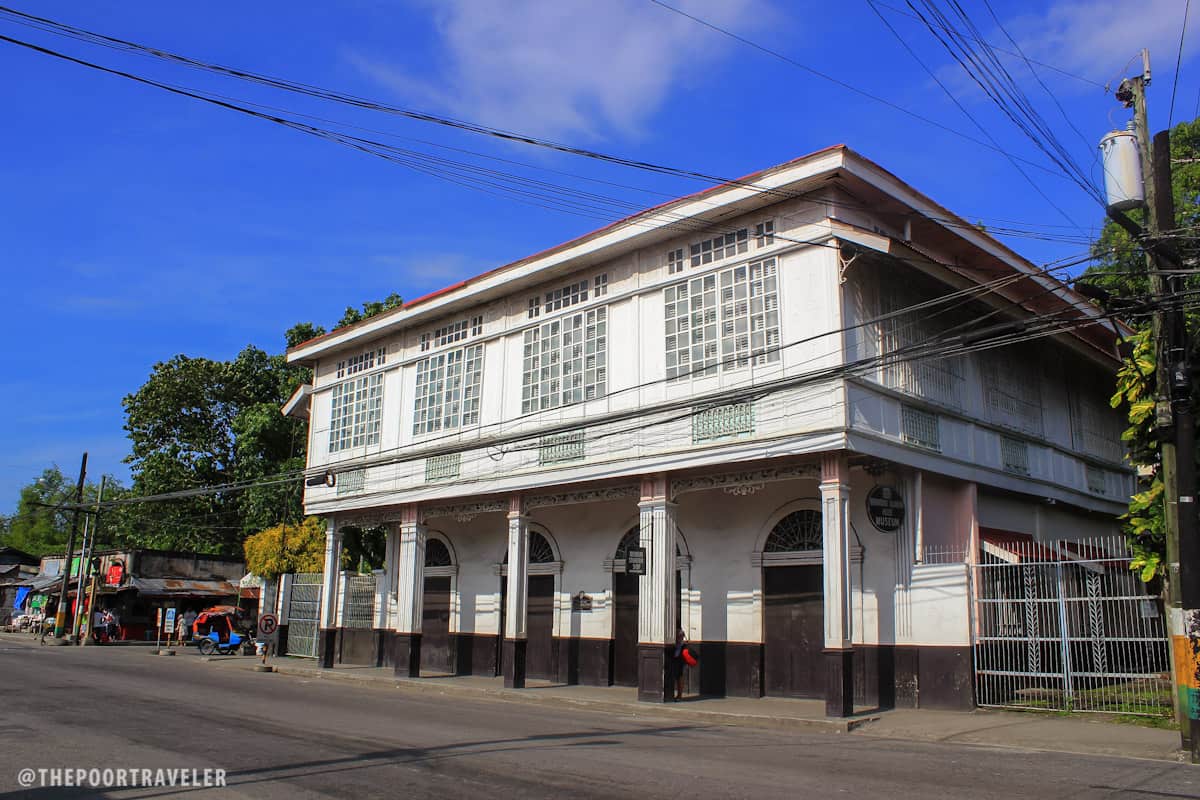
4. San Diego Pro-Cathedral
The center of Catholic faith in Silay City is also the only church with a dome in Negros Occidental and the only pro-cathedral in the Philippines outside Metro Manila. Sugar baron Don Jose Ledesma donated the funds to build the church in 1925 and commissioned Italian architect Lucio Bernasconi for its Romanesque design. More info about San Diego Pro-Cathedral here.
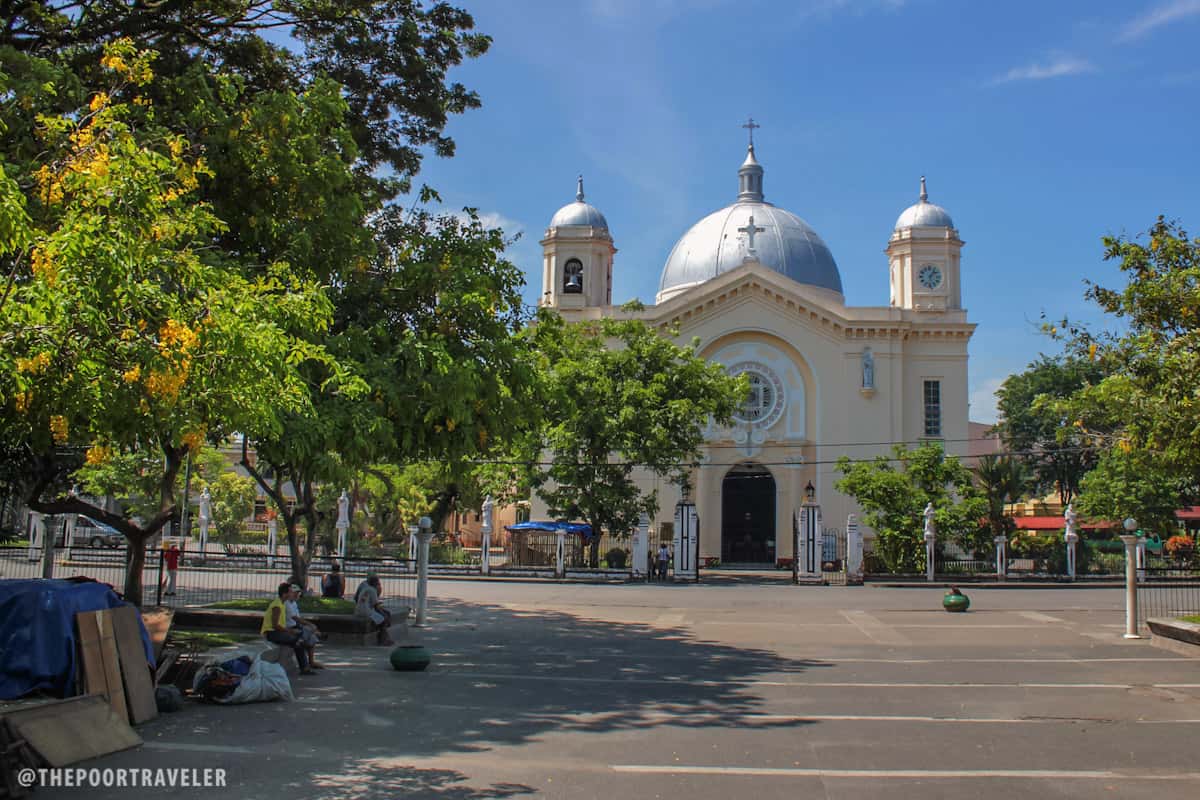
5. Cinco de Noviembre
The Negros Revolution, also known as Cinco de Noviembre, created a new government that was run by Negrense Natives. The revolution ended the control of the Spaniards of the island, albeit for a brief period of time.
Just a block away from Balay Negrense stands a structure that marks where the natives planned the revolution. The Farmacia Locsin, the venue, became an important part of history because of it.
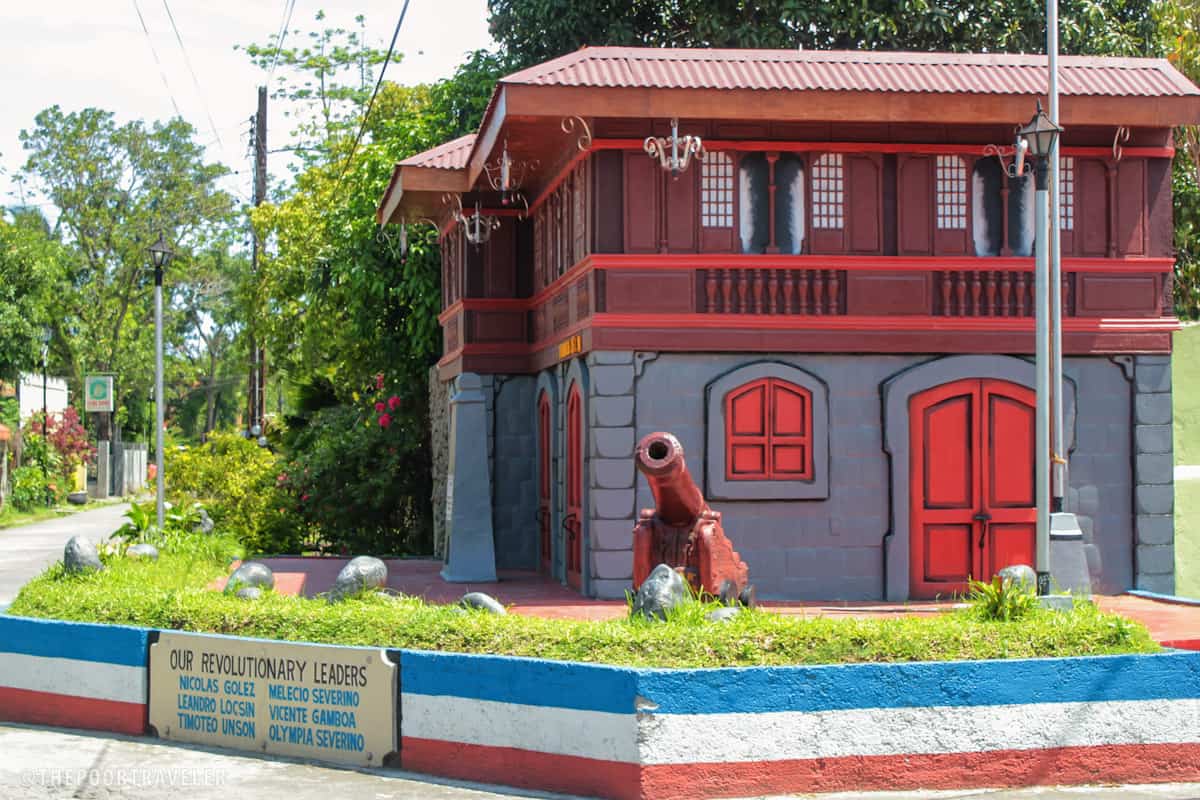
No map is needed. Downtown Silay is small and very walkable. Bacolod is the capital and the commercial and political center of Negros Occidental, but Silay is not to be overlooked. Every turn unveils charming architecture and every stop allows an artful history lesson.
Posted:2011 • 7 • 11
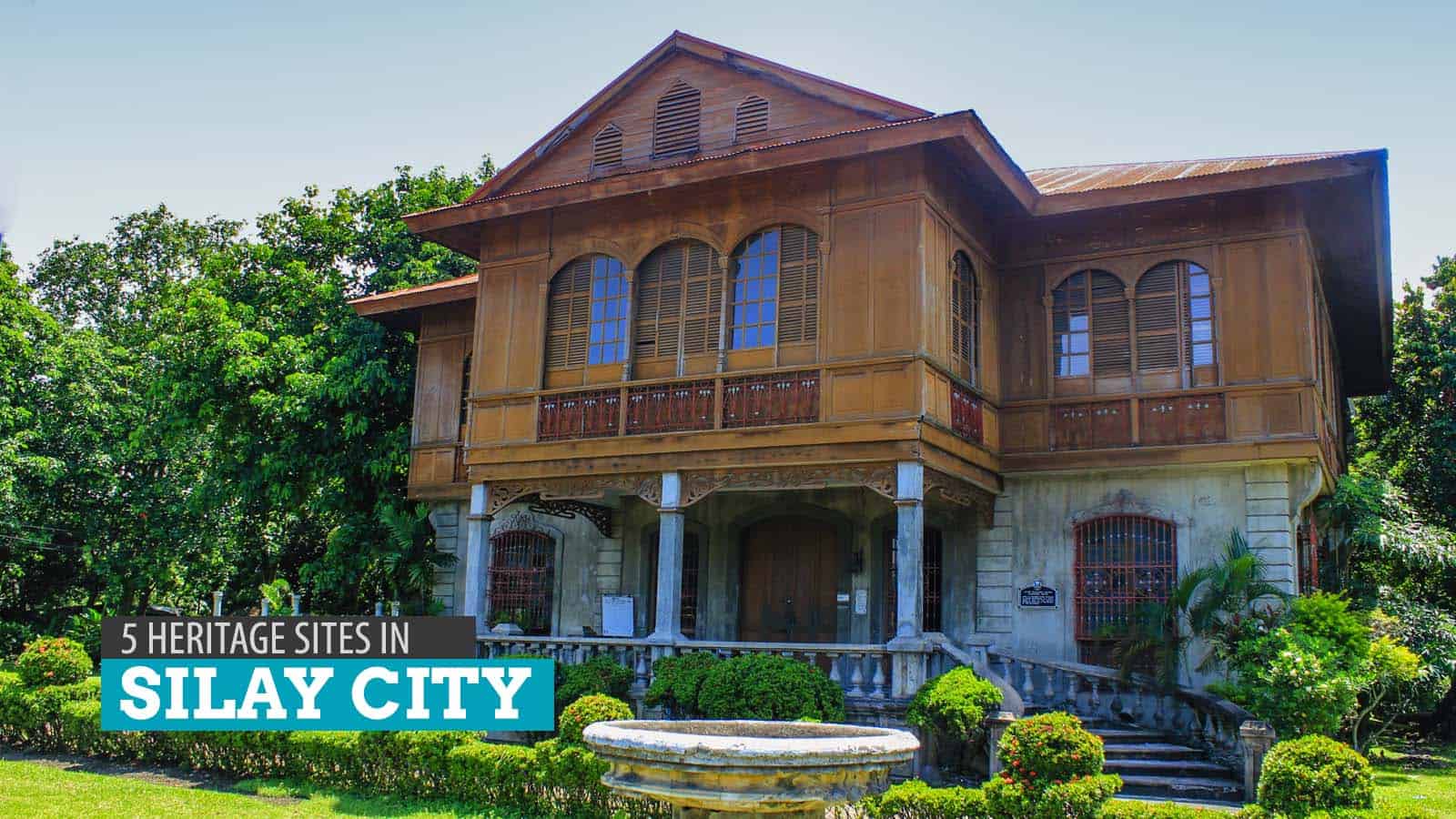

























[…] Balay Negrense […]
you miss eating in Golden Food Park
They offer the best chicken inasal in negros occidental..
Gosh I miss my hometown Silay City..
is that u paula myka?.. hehehe… yes golden food park has one of the best chicken inasal in silay.. :)puli ta liwat pau sa south naman(translate:uwi tayo sa south naman)..hahaha
Nice! I’ll try to get some pastries if I go there when I visit the Philippines later this year!
The best buco pie in the country.More meat than filling. Choice flesh. Perfect pastry. Nice grid top
When’s the best time to travel to Bacolod?